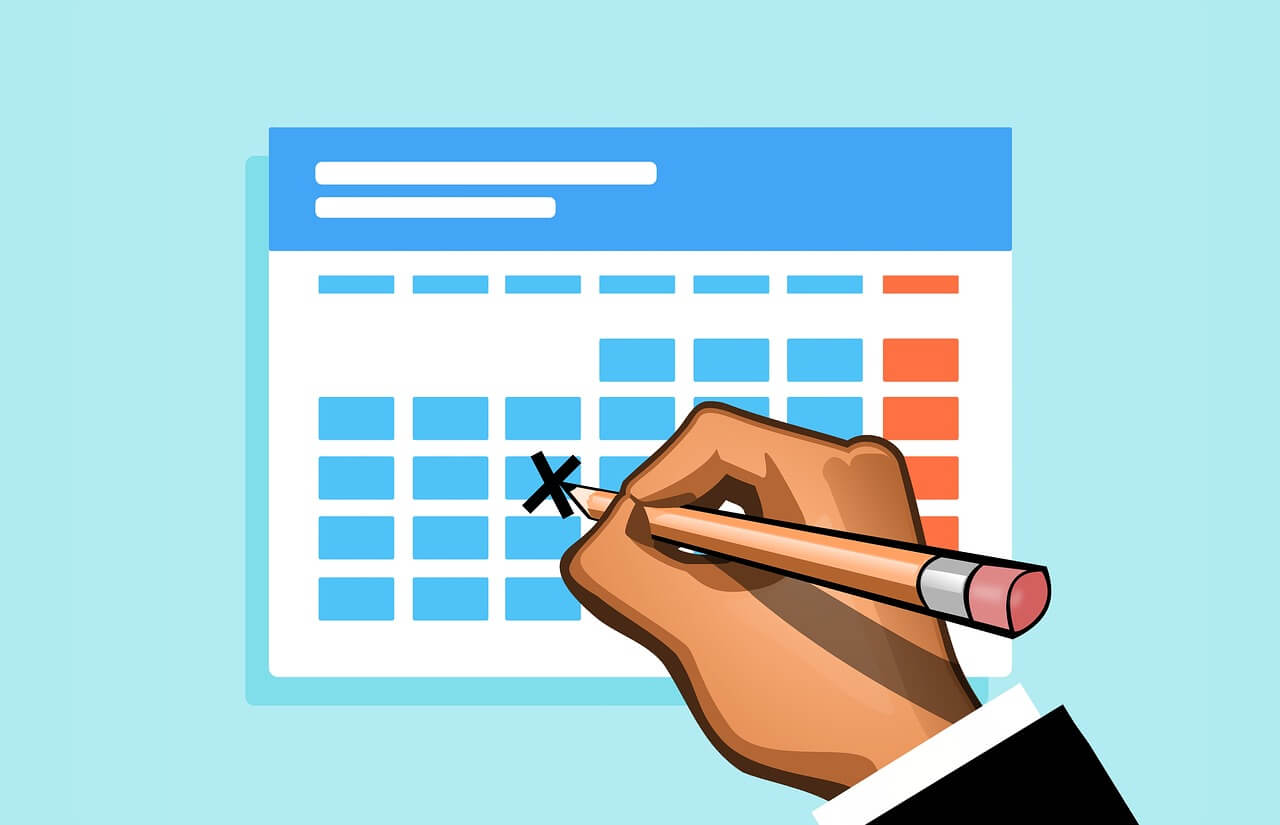Checklist to Terminate a Consulting Project
If you and your client decide to terminate the project because it was satisfactorily completed,…
Our content is reader-supported. Things you buy through links on our site may earn us a commission
Never miss out on well-researched articles in your field of interest with our weekly newsletter.

Subscriber

If you and your client decide to terminate the project because it was satisfactorily completed,…

The list of the blogs is on the right side of each page. You are…

The Consultants Development Institute is offering a complete, online series to teach how to facilitate…

In the early 1980s, I started facilitating Action Learning where all set members were working…

In my previous two posts, I’ve suggested that checklists can be very valuable in helping…

In January 2009, a US Airways jet taking off from LaGuardia airport jet hit a…

Are you feeling overwhelmed? I think for many of us, that answer is, “Yes” –…

It still seems common that many facilitators start strategic planning by having planners attend first…

In Part 1, we described group coaching, starting with a description of coaching and then…

(The aim of this blog has always been to provide highly practical guidelines, tools and…
(In this Part 1 of 2, we will describe group coaching. In Part 2, we…

The field of personal and professional coaching has a widely respected and accepted, independent certifying…

It seems that the use of “templates” in strategic planning is on the rise. People…

Due to the government shutdown in October, which occurred just as many of the CFC…

In marketing and media awareness terms, the “Rule of 7” states that before a customer…

Thank you for what you do. If you’re reading this blog, I’m going to make…